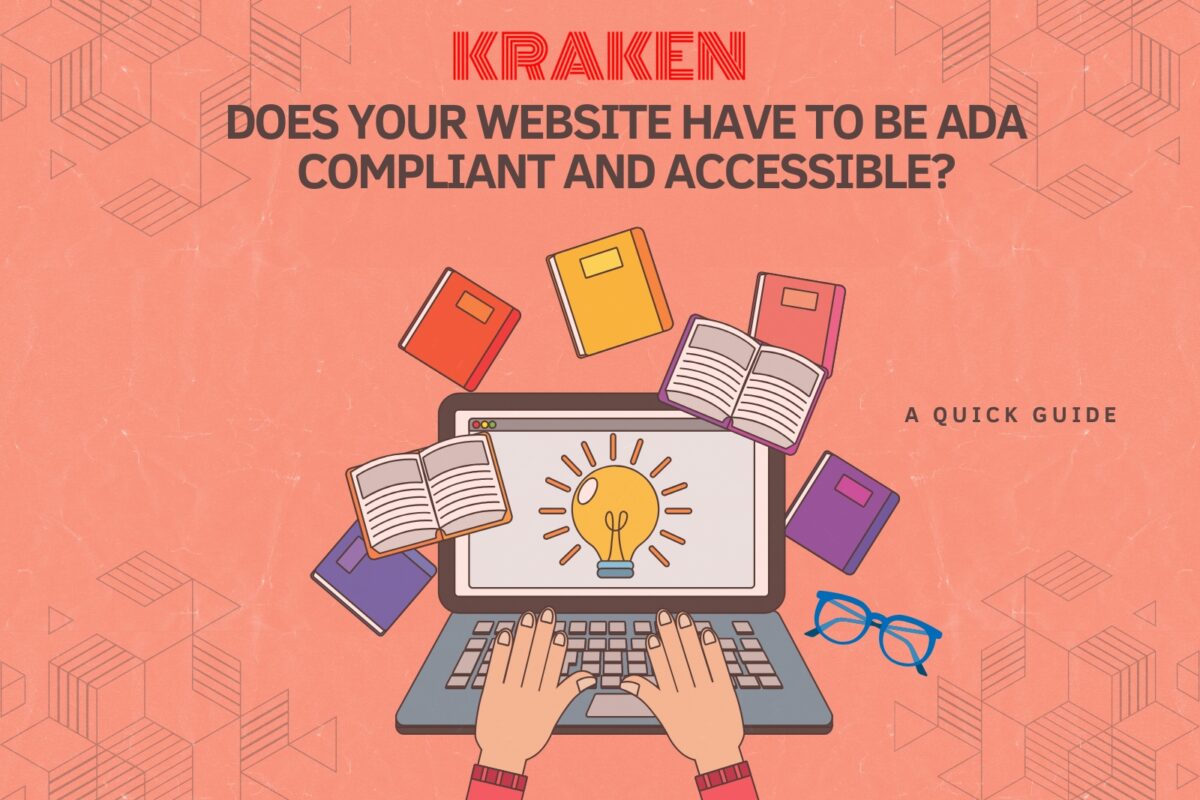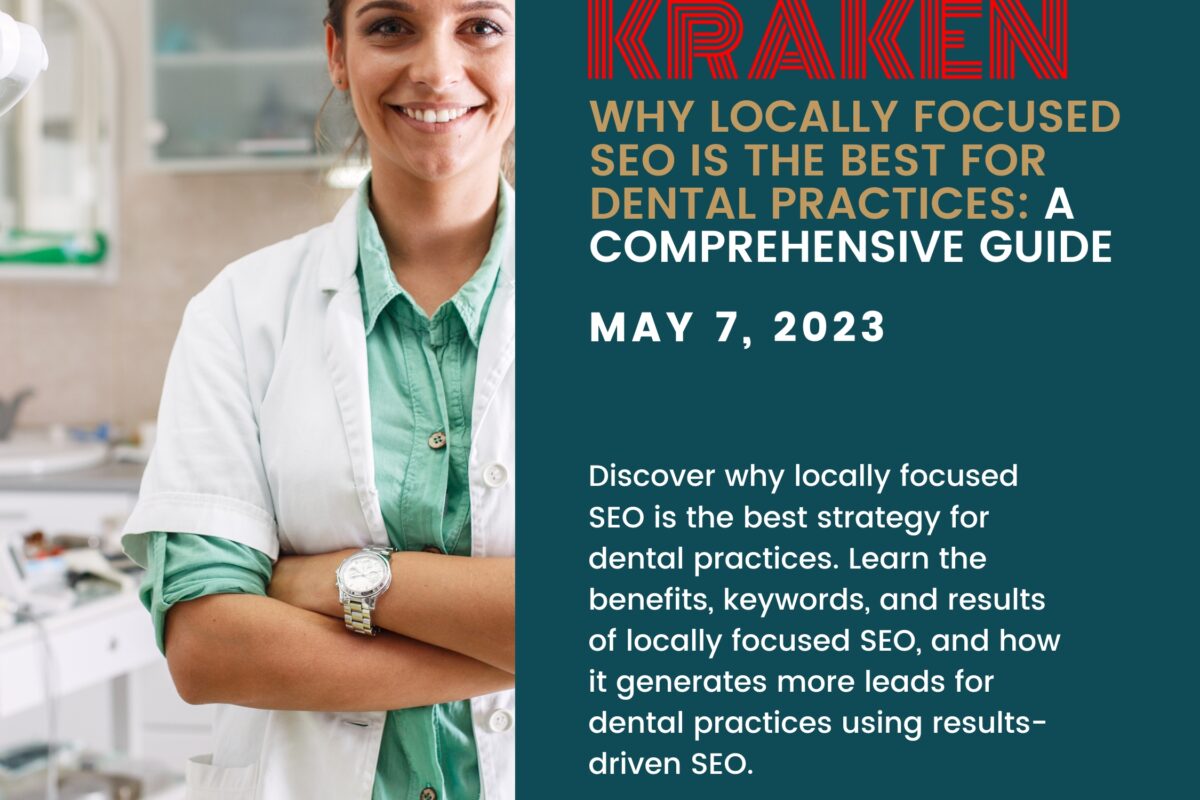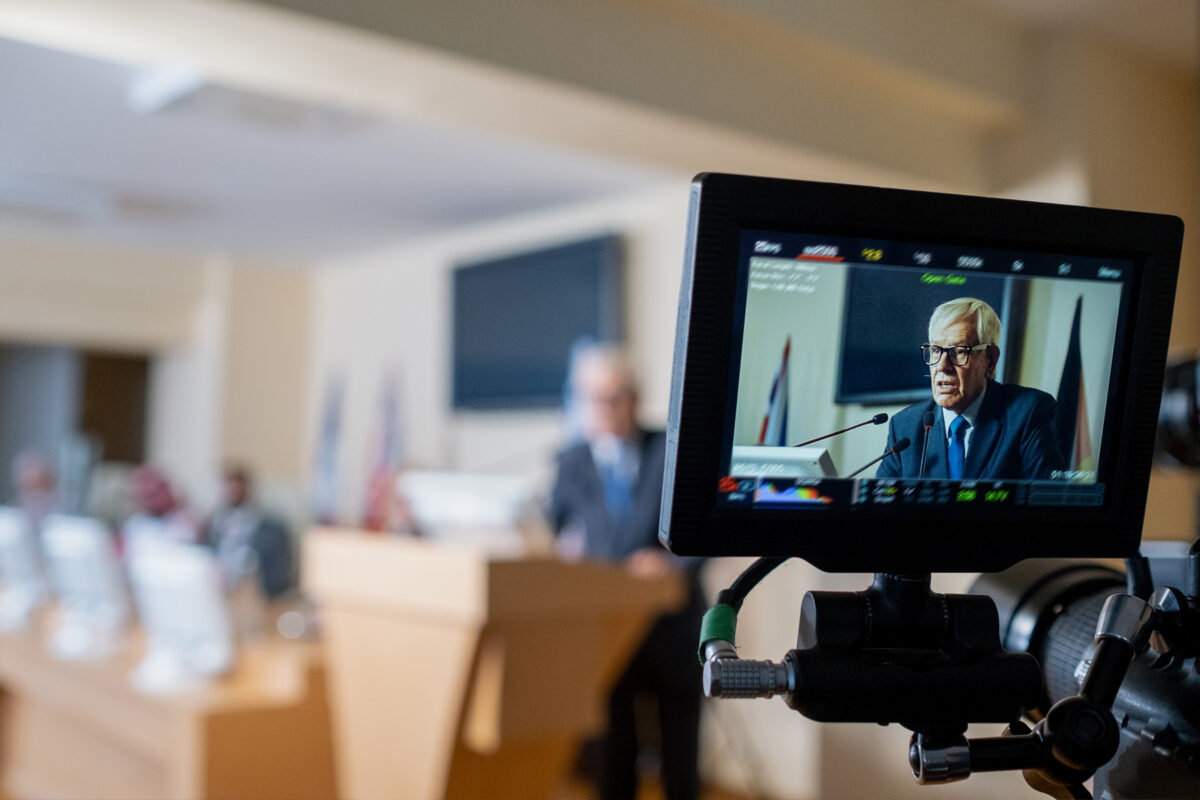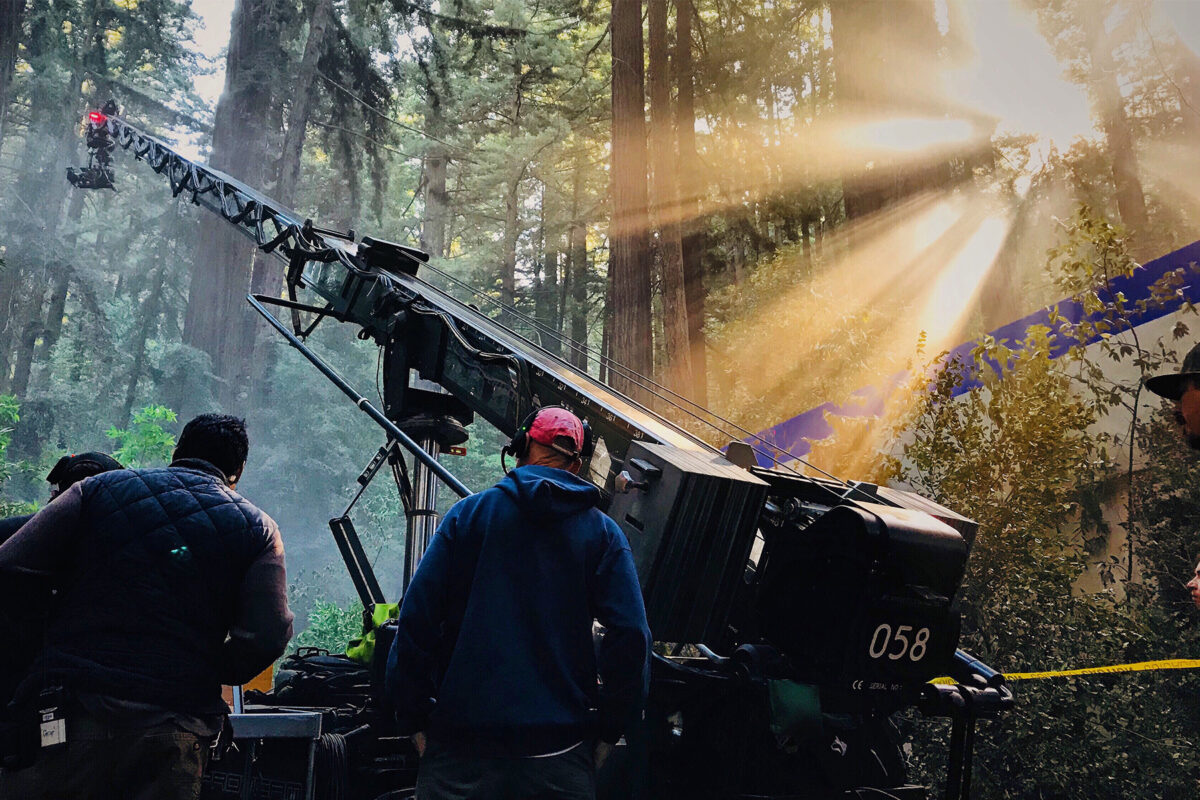Do U.S.-Based Companies Need to Make Their Website ADA Compliant? Understanding the Legalities and the Growing Importance
In an increasingly digital world, a company’s website is often the primary point of contact between businesses and consumers. But just as physical stores and services are required by law to be accessible to people with disabilities under the Americans with Disabilities Act (ADA), so too are websites. The question many businesses are asking: Do U.S.-based companies have to make their websites ADA-compliant?
The short answer is: Yes, U.S.-based companies with websites are generally required to ensure that their websites are accessible to individuals with disabilities. Let’s break down why this is the case, explore the legal requirements, and discuss the implications of not complying with accessibility standards.
Understanding ADA Compliance for Websites
The Americans with Disabilities Act (ADA) was signed into law in 1990 to prohibit discrimination against individuals with disabilities in public spaces. The law primarily focused on physical accommodations like ramps, accessible bathrooms, and elevators in buildings. However, as the internet became integral to daily life and business, questions arose about whether ADA compliance extended to websites.
Though the ADA was enacted long before the internet became a major commercial and communication platform, U.S. courts have interpreted the law’s scope to apply to websites. This interpretation is primarily focused on businesses and organizations that provide goods, services, or information to the public (i.e., public accommodations). A website that is inaccessible to individuals with disabilities can be seen as a barrier to equal access, similar to inaccessible physical locations.
Key Aspects of ADA Compliance for Websites:
- Equal Access: A website must be navigable by individuals with various disabilities, including those who are blind, deaf, or have mobility impairments.
- Accessible Design: Websites need to follow accessibility guidelines, such as the Web Content Accessibility Guidelines (WCAG), which ensure that content is usable by all people, regardless of their abilities.
The Legal Landscape: Is Your Website at Risk?
The legal requirement to make a website ADA-compliant stems from Title III of the ADA, which states that places of public accommodation must be accessible to people with disabilities. While the ADA does not specifically mention websites, courts have consistently ruled that websites are considered public accommodations in today’s digital-first society. As such, businesses are expected to comply with ADA accessibility standards, especially when they offer goods, services, or information to the public online.
Key Legal Cases:
Over the past decade, there has been a significant rise in the number of lawsuits involving website accessibility under the ADA. For example:
- Domino’s Pizza (2019): The U.S. Supreme Court declined to hear a case involving Domino’s Pizza, allowing a lower court ruling that found the company’s website inaccessible to people with disabilities to stand. This case marked a pivotal moment, reinforcing the idea that ADA compliance extends to websites.
- Target Corp. (2006): Target was one of the first high-profile cases where a company was sued for not making its website accessible. Target ultimately settled, agreeing to make its website more accessible and to pay damages.
In 2021, nearly 3,500 website accessibility-related lawsuits were filed, according to UsableNet, a web accessibility consulting firm. This marks a significant increase from previous years, with 2020 seeing over 2,200 lawsuits. The trend shows that accessibility lawsuits are becoming more frequent, especially as people with disabilities increasingly rely on websites for daily tasks such as shopping, banking, and accessing information.
Why Accessibility Matters: Statistics and Implications
For businesses, the legal imperative is clear. But beyond compliance, accessibility also offers significant benefits. Here are some compelling statistics to consider:
- 1 in 4 U.S. Adults Has a Disability: According to the U.S. Census Bureau, approximately 26% of U.S. adults have a disability. That’s a sizable portion of the population that could face barriers when navigating an inaccessible website. By improving website accessibility, businesses can better serve a larger portion of potential customers.
- Increased Legal Risks: As mentioned earlier, the number of website accessibility lawsuits has surged. In 2020, website accessibility lawsuits increased by 23% from the previous year. Failure to comply with ADA requirements opens businesses up to the risk of expensive legal battles, settlements, and damage to their reputation.
- Impact on Brand Reputation: According to a survey by WebAIM, an accessibility advocacy group, 71% of respondents with disabilities reported that they were less likely to return to a website that wasn’t accessible. Companies that prioritize accessibility not only reduce the risk of lawsuits but also demonstrate social responsibility and inclusivity—two values that resonate strongly with consumers today.
- Business Opportunity: A well-designed, accessible website can provide significant business opportunities. Research by Forrester shows that companies that make their websites accessible can see an increase in customer engagement and, ultimately, sales. Accessibility improvements can help businesses tap into underserved markets, including people with disabilities and aging populations who may require special accommodations.
WCAG: The Gold Standard for Web Accessibility
The Web Content Accessibility Guidelines (WCAG), developed by the World Wide Web Consortium (W3C), are the recognized international standards for website accessibility. While WCAG guidelines themselves are not legally binding, they have been widely adopted as a benchmark for ADA compliance in court rulings and settlement agreements.
Some core WCAG principles include:
- Perceivable: Make sure information and user interface components are presented in ways that users can perceive, such as providing text alternatives for images.
- Operable: Ensure that users can interact with all elements using a keyboard or other assistive devices.
- Understandable: Content must be easy to read and understand, with consistent navigation and clear instructions.
- Robust: Make sure content works across a variety of devices and platforms, with compatibility for assistive technologies.
How to Ensure Your Website Is ADA-Compliant
To ensure your website is ADA-compliant, here are some practical steps businesses can take:
- Conduct an Accessibility Audit: Use automated tools like WAVE, Axe, or Google Lighthouse to identify accessibility issues. Manual testing with assistive technology (such as screen readers) is also critical.
- Follow WCAG Guidelines: Design your website with WCAG principles in mind, including providing alternative text for images, ensuring sufficient contrast, and making all interactive elements accessible.
- Regular Testing: Web accessibility is not a one-time fix. Regular audits are necessary to ensure compliance, especially as websites evolve.
- Consult with Accessibility Experts: If needed, hire an accessibility consultant or developer to ensure your website meets legal and functional requirements.
Conclusion: Protect Your Business and Customers
In conclusion, making your website ADA-compliant is not just a legal requirement but also a way to create a more inclusive and user-friendly experience for all visitors. With lawsuits on the rise and a growing number of people relying on the internet for essential services, accessibility is not just a nice-to-have—it’s a must.
By ensuring your website meets ADA standards, you protect your business from legal risks, enhance your brand’s reputation, and open the door to a broader customer base. In today’s digital age, accessibility is essential to fostering equality and ensuring that no one is left behind.
By taking proactive steps toward ADA compliance, businesses not only reduce the risk of costly legal action but also demonstrate their commitment to inclusivity, providing a better experience for all users—no matter their abilities.
Contact Us Today to learn more about how we can help you navigate website accessibility and help your business grow.
Disclaimer: For informational purposes only, nothing in this article should be construed as legal advise. Please consult a legal professional on your unique business situation.
__________________

Written by: Shakir Miller
Kraken Media LLC
Have Questions?
Contact us to discuss how we can create a unique solution for your organization. We work with individuals and large businesses to streamline their video, live streaming, and marketing needs. Click the link below or email us directly at developer@krakenusa.com.










